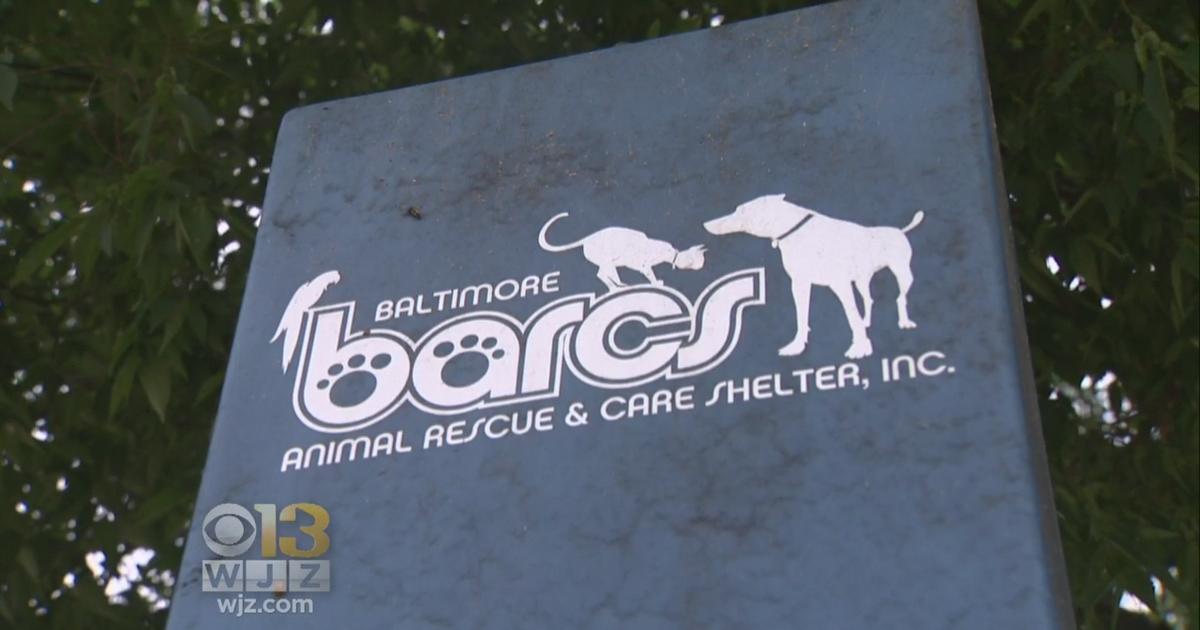5 Largest Animal Sanctuaries In The World
www.conservation.org/New-Caledonia
Located approximately 750 miles east of Australia, the Natural Park of the Coral Sea is known as the largest marine park in the world. Established in 2014, the natural park protects more than 500,000 square miles of essential ecosystems and includes the entire French territory of New Caledonia, the Lagoons of New Caledonia and the world's second longest double barrier reef, the New Caledonia Barrier Reef. Larger than the combined countries of France and Germany, Natural Park of the Coral Sea also protects an enormous collection of native wildlife, including 25 species of marine mammals — including the third largest population of the manatee-like dugongs — 48 shark species, five species of sea turtles and 19 species of nesting birds. Also in the Coral Sea just off the coast of Queensland Australia is the world-renowned Great Barrier Reef, said to be the largest living thing on the planet and one of the Seven Natural Wonders of the World.
 Photo Credit: Thinkstock
Photo Credit: ThinkstockKavango-Zambezi Transfrontier Conservation Area
www.peaceparks.org/tfca
As part of an ongoing effort to protect and conserve Africa's endangered wildlife, the Kavango-Zambezi Transfrontier Conservation Area (KAZA TFCA) was established in 2011. Covering more than 200,000 square miles, KAZA TFCA is located around the convergence of the borders of Angola, Botswana, Namibia, Zambia and Zimbabwe and features major tourist destinations like Victoria Falls and the Okavango Delta. KAZA TFCA is home to Africa's largest contiguous population of elephants, as well as a diversity of other wildlife species, including the African wild dog, cheetah and hippopotamus, along with more than 600 types of birds. In all, this enormous conservation area contains more than 35 national parks, game reserves, forest reserves and game/wildlife management areas. Another Transfrontier Conservation Area still in development in Africa is the Great Limpopo Transfrontier Park in an area that covers about 145,000 square miles in sections of the countries of Mozambique, South Africa and Zimbabwe and will include famous attractions like Kruger Park and Limpopo National Park.
www.greenland.com/the-national-park
Extending across nearly half of all of Greenland, Northeast Greenland National Park is the largest of its kind in the world. Established in 1974, Greenland's only national park is said to be 77 times larger than Yellowstone National Park and protects 375,000 square miles of a designated international biosphere reserve. Also distinguished as the world's northernmost park, the world's largest national park is so remote and largely inaccessible that it's home to far more animals than humans. While the only people who have regular access to this amazing destination on the world's largest island are whalers and sealers, visitors can travel and stay within the national park by obtaining a special permit from the Ministry of Nature and Environment or by joining an organized expedition cruise, which includes the necessary permits. Living within this vast Arctic wilderness are a tremendous variety of native animals, including arctic foxes and hares, four seal species, giant walruses, polar bears and one of the world's largest populations of musk-ox, a member of the Bovidae family of mammals that's also native to the Canadian Arctic.
 Photo Credit: Thinkstock
Photo Credit: ThinkstockPacific Remote Islands Marine National Monument
www.noaa.gov/MNM/prias
Managed by the U.S. Fish and Wildlife Service, this collection of mostly unincorporated islands is described as "the most widespread collection of marine and terrestrial-life protected areas on the planet." Located just west of the Hawaiian Islands, the national park consists of islands, reefs and atolls, including Baker Island and Wake Island and extends across an area of more than 490,000 square miles. Although this segment of the National Refuge System is largely a marine sanctuary with more than 20 marine mammal species, including dolphins and whales, the broad area also hosts five sea turtles, invertebrate mollusk animals like clams and pearl oysters, crustaceans like coconut crab — the world's largest terrestrial arthropod. There is also a diverse collection of seabirds, fish, insects and nearly 200 species of coral. Proclaimed a national monument in 2009 and expanded in 2014, the Pacific Remote Islands Marine National Monument have no indigenous inhabitants and public entry is allowed only with a special-use permit obtained from the U.S. Fish and Wildlife Service.
www.papahanaumokuakea.gov
Encompassing nearly 140,000 square miles in a surface area larger than all of Germany, Papahānaumokuākea Marine National Monument is among the world's largest marine protected areas and described as larger than the combined size of all of America's national parks. Managed by the Department of the Interior's Fish and Wildlife Service (FWS) and the Department of Commerce's National Oceanic and Atmospheric Administration (NOAA), this national monument includes the Hawaiian Islands National Wildlife Refuge and Midway Atoll National Wildlife Refuge. The national monument consists of 10 islands and atolls of the Northwestern Hawaiian Islands. It is home to an estimated 7,000 animals species, with a quarter native to Northwestern Hawaiian Islands, including the endangered green sea turtle and the Hawaiian monk seal.



